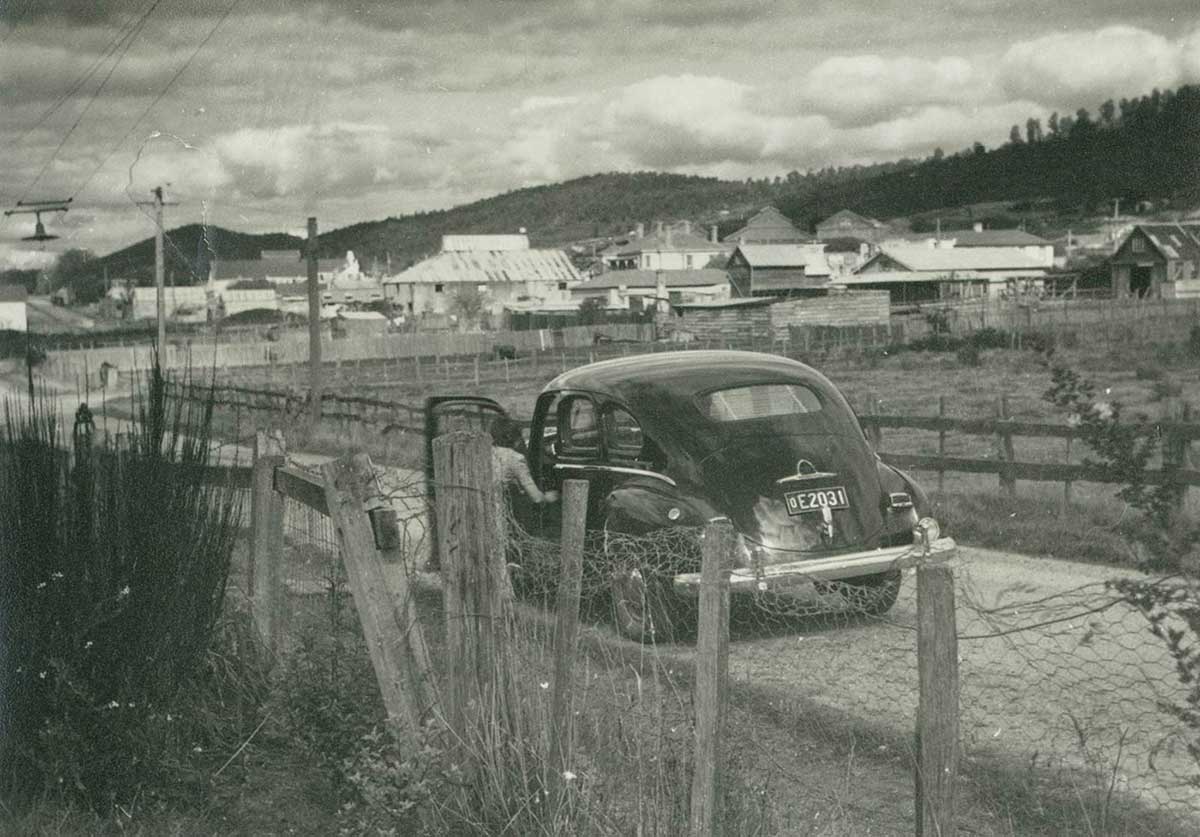Defining Moments in Australian History: Fluoride added to town water

In the early 1950s, many residents of Beaconsfield, Tasmania, believed the water supply was responsible for dental issues in their children. After the town’s municipal chemist and water filtration officer, Frank Grey, read a 1948 article entitled Supplementing Water Supplies with Fluorine, in the Journal AWWA (American Water Works Association), the council investigated fluoride as an answer.
Grey provided a report that showed tooth decay in some US communities had decreased by 65 per cent after the introduction of fluoridated water. With the support of the council and permission from Tasmanian state health authorities, he oversaw a scheme to introduce fluoride into the town water supply beginning on 30 September 1953.
On the basis of US studies, the safe fluoridation rate was deemed to be 1 part fluoride to 1 million parts water. Many residents on the outskirts of town relied on tank water rather than the municipal supply, which meant a useful comparison could be made of the effects of fluoridated versus unfluoridated water.
The first instance of adding fluoride to drinking water had been at Grand Rapids, Michigan, in the USA, in 1945. Prior to this, American dentist Frederick McKay, who had a practice in Colorado Springs, Colorado, in the early 1900s, noticed many of his patients’ teeth were discoloured – a condition known as ‘Colorado Brown Stain’. McKay eventually concluded it must be due to the water supply and identified that patients with stained teeth generally had less tooth decay.

In 1930 The Aluminum Company of America (now Alcoa) analysed the Colorado Springs water and found it contained a high fluoride level. This, along with McKay’s observations, led to fluoride being investigated as a way to reduce tooth decay.
Opposition arose to the addition of fluoride to drinking water when, in the 1960s, it was claimed to cause a diverse range of problems from acne, allergic rashes and boils to brittle bones, cancer and heart disease. Some 15 years after fluoride was first added to Beaconsfield’s water, a Tasmanian Royal Commission into the Fluoridation of Public Water Supplies was held. Bruce Howard Brown, a retired public servant, argued that the program was being used to brainwash younger generations and undermine Christian values. The inquiry ultimately found in favour of fluoridation, which led to the Fluoridation Act 1968 and all Tasmania’s communal water supplies being fluoridated.
Other regions soon followed. The Australian Capital Territory, New South Wales, Queensland, Victoria and Western Australia now also manage water fluoridation through acts of parliament. South Australia and the Northern Territory administer it through government policies.
In 2003, on the 50th anniversary of water fluoridation in Australia, the Australian Dental Association erected a monument to commemorate Frank Grey and the Beaconsfield community.
Debate about water fluoridation persists throughout the world, including in Australia. International anti-fluoridation group Fluoride Action Network claims adding fluoride to water is unethical because informed consent cannot be obtained, and also that the dosage can’t be controlled because water consumption varies widely between individuals.
The Canada-based International Academy of Oral Medicine and Toxicology claims fluoridated water can cause medical issues such as acne, thyroid dysfunction and neurological problems. A 2019 Canadian observational study published in JAMA Pediatrics argued against fluoridation, linking fluoridated water during pregnancy to lower IQ in children.
Despite such claims, scientific research supports water fluoridation as an effective way to reduce tooth decay and is the basis of current Australian legislation and policies.
‘Fluoride added to town water’ forms part of the National Museum of Australia’s Defining Moments in Australian History project.




